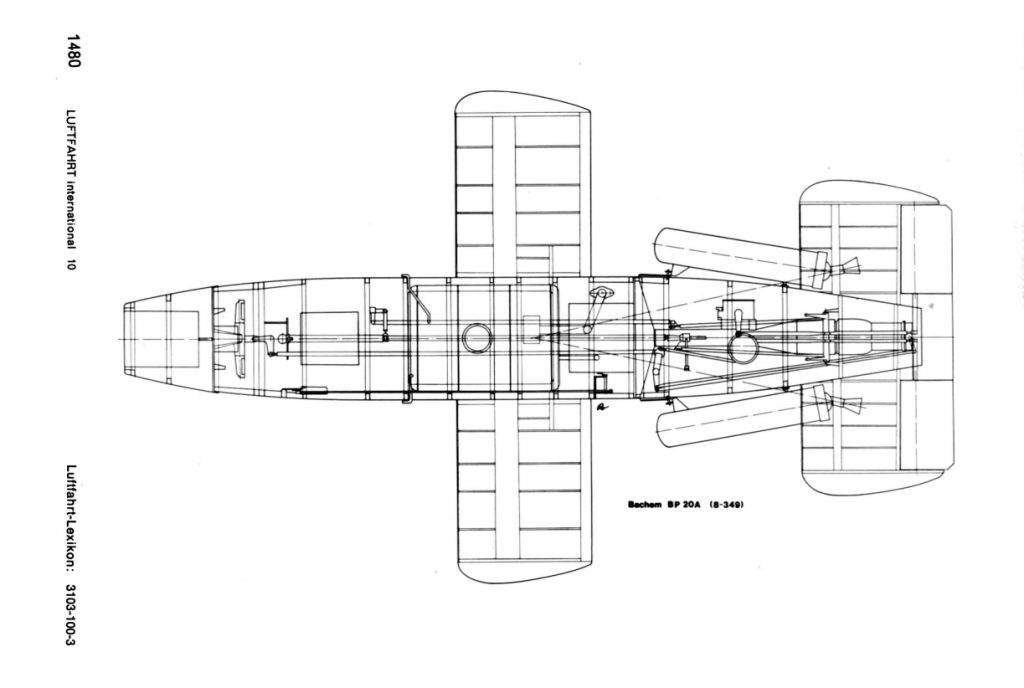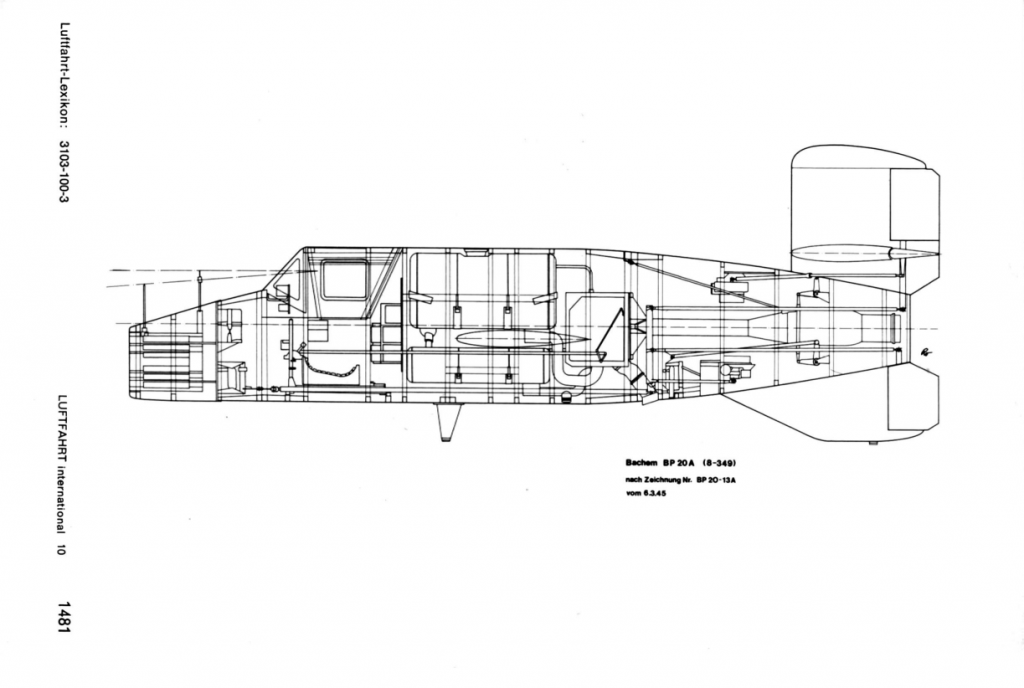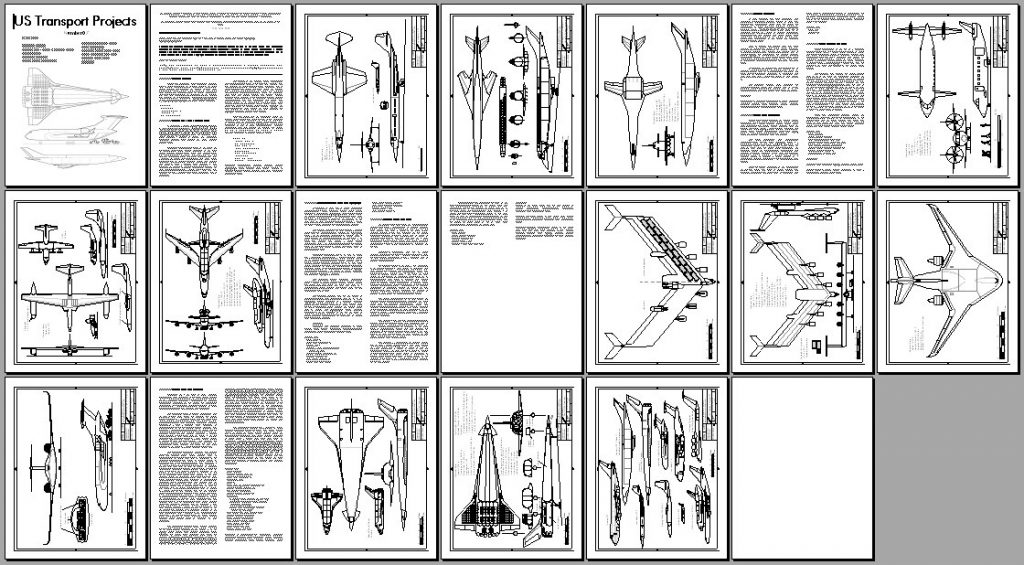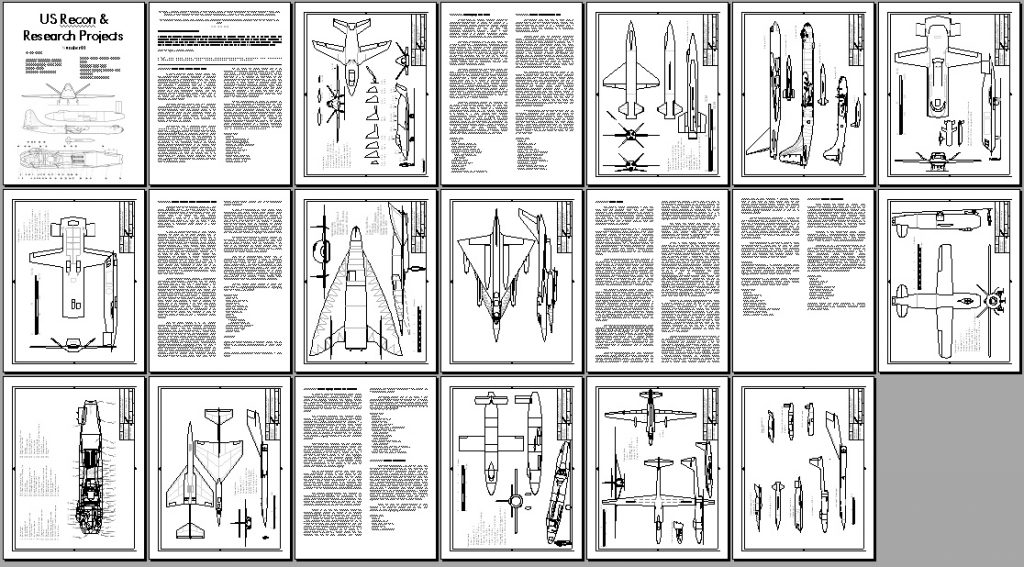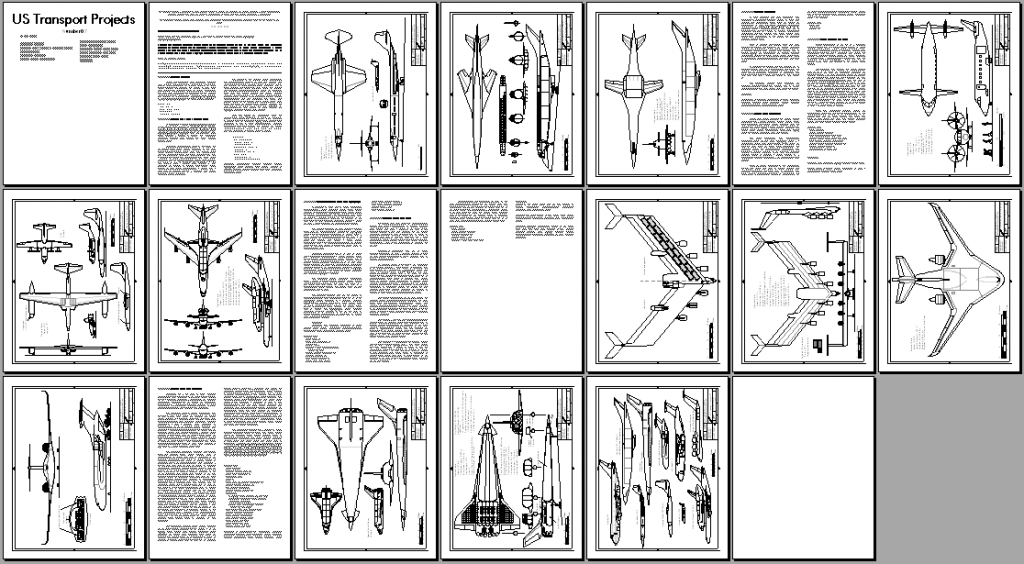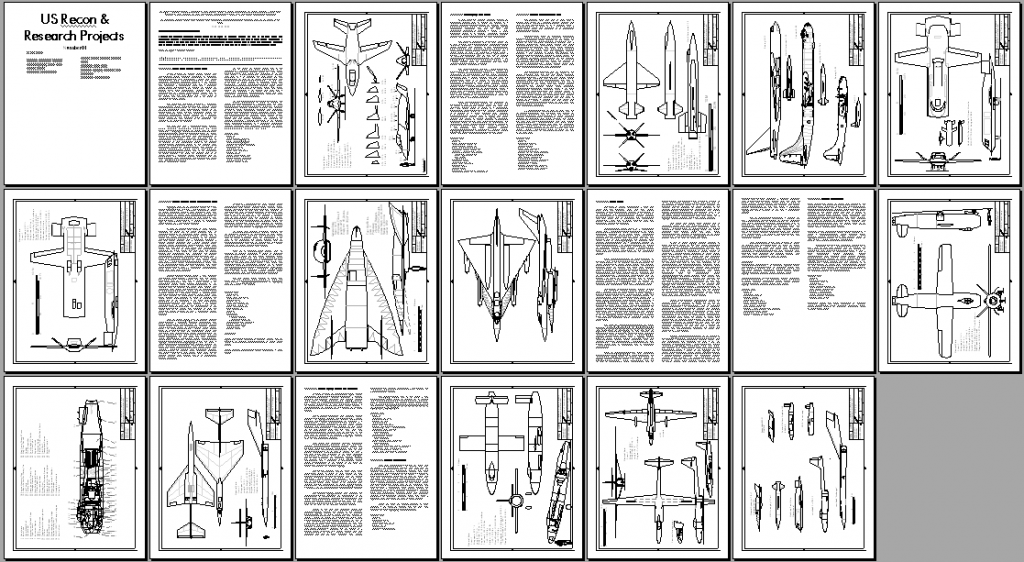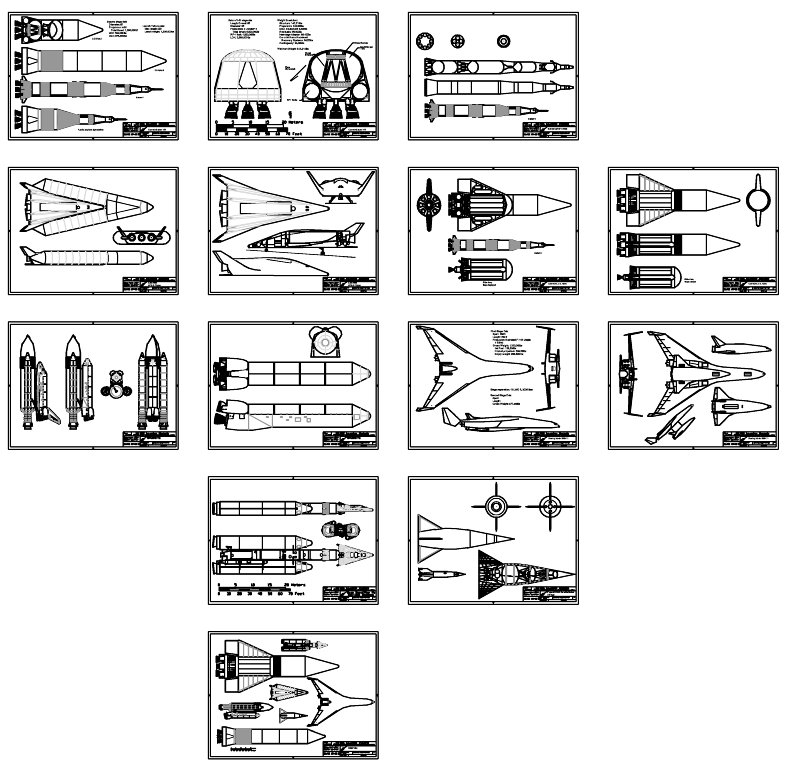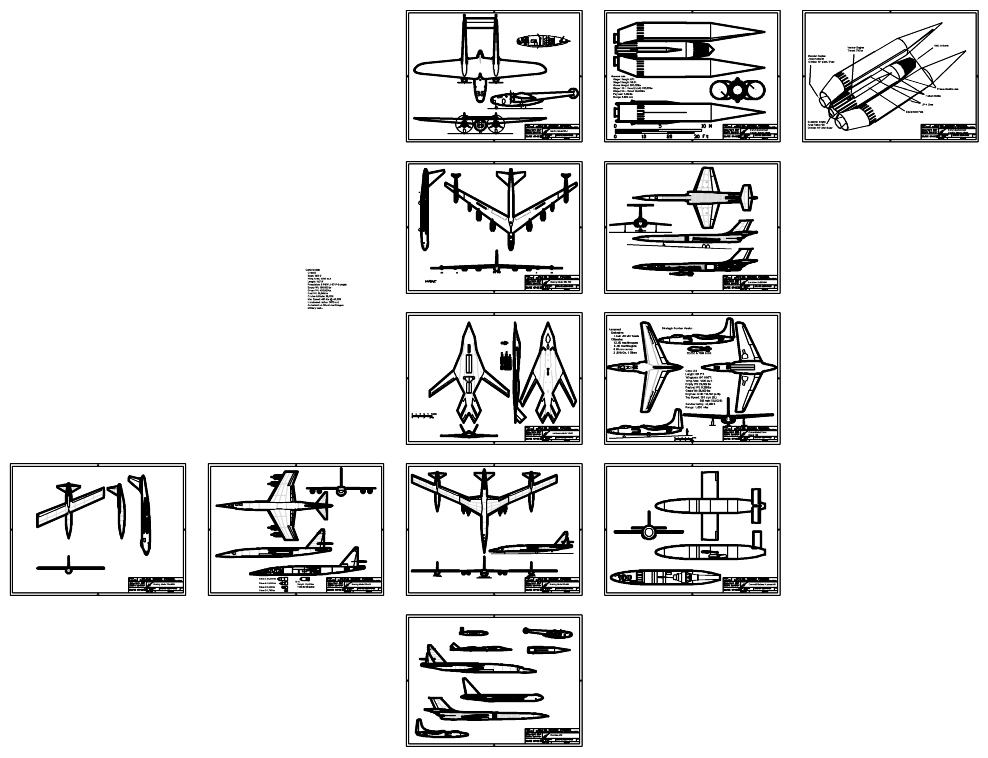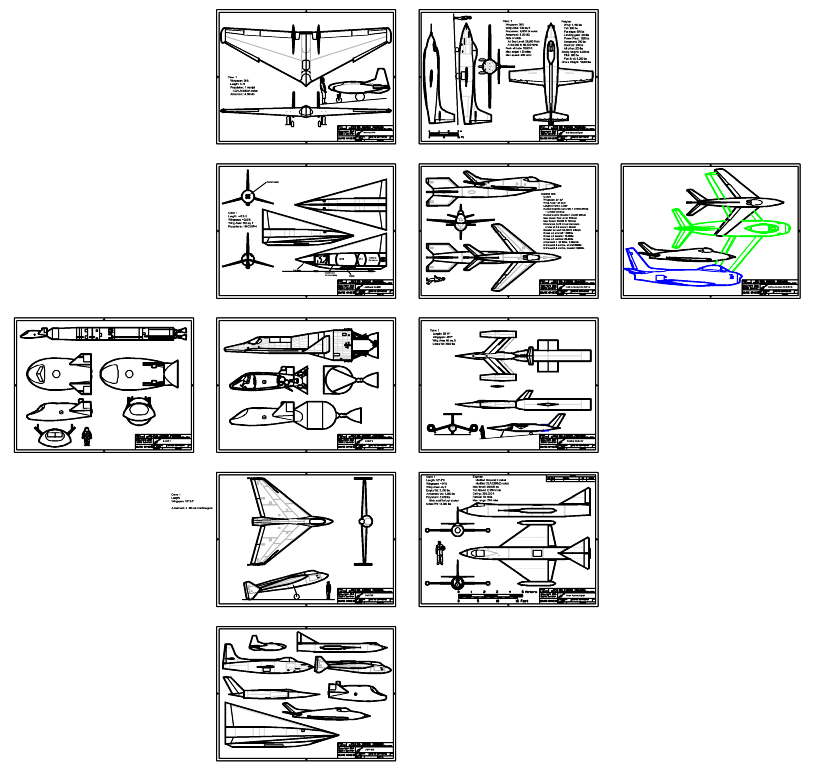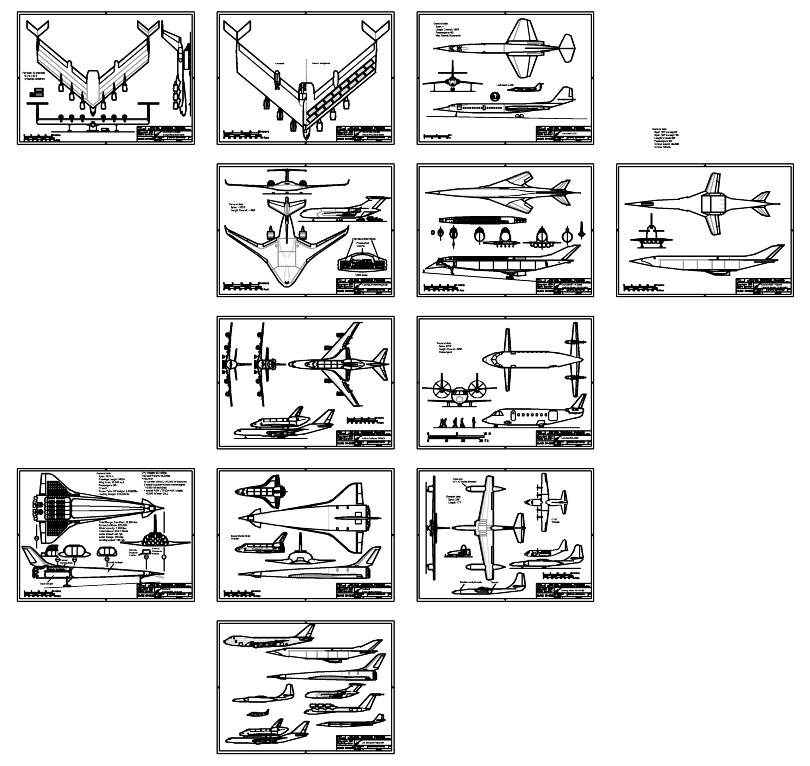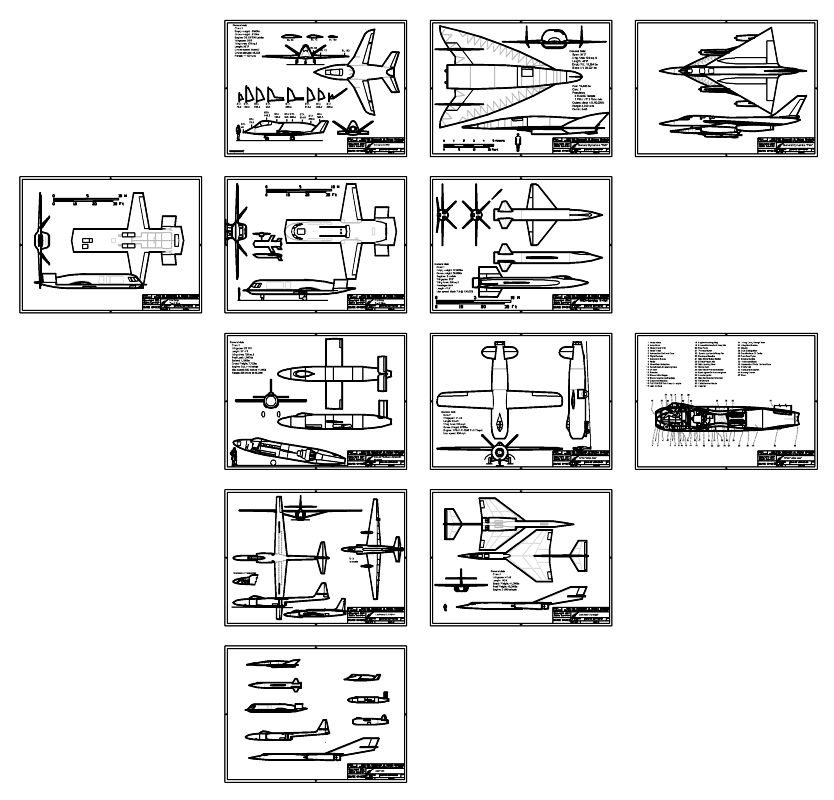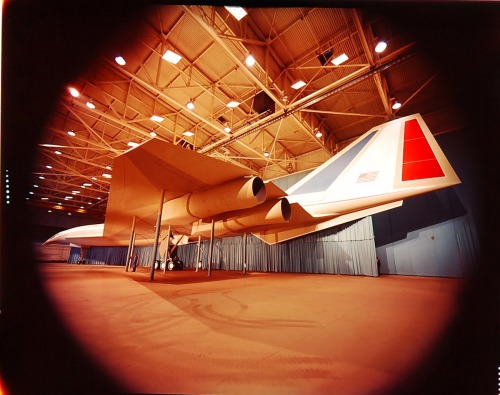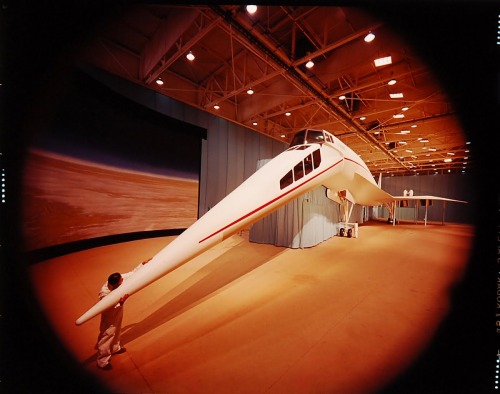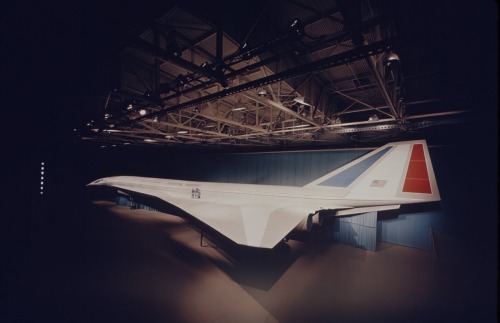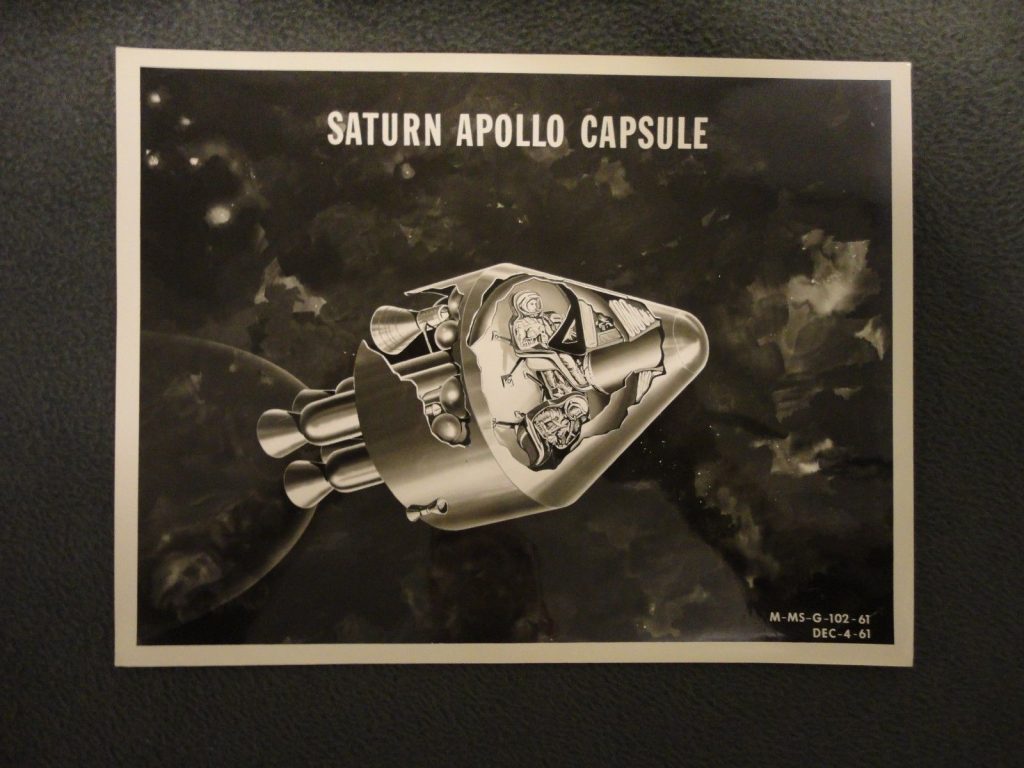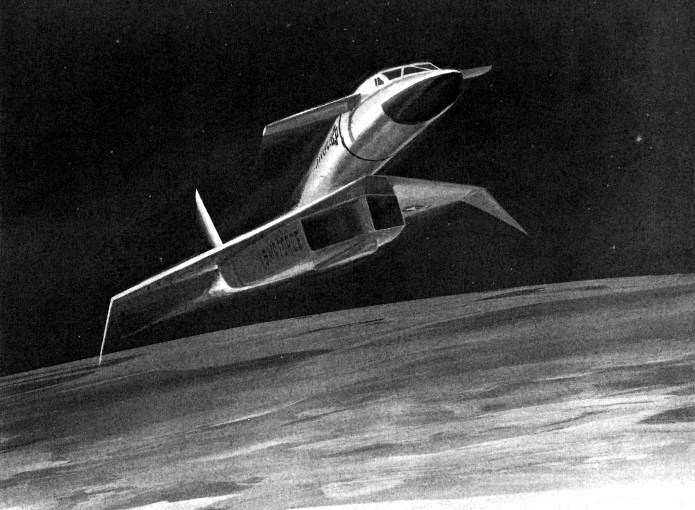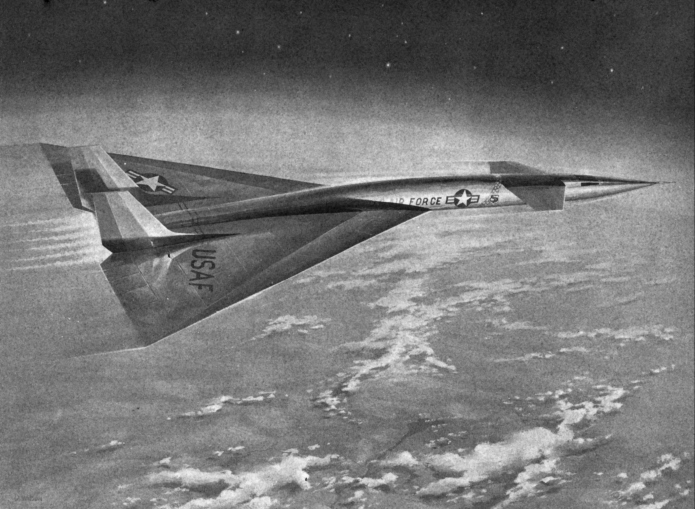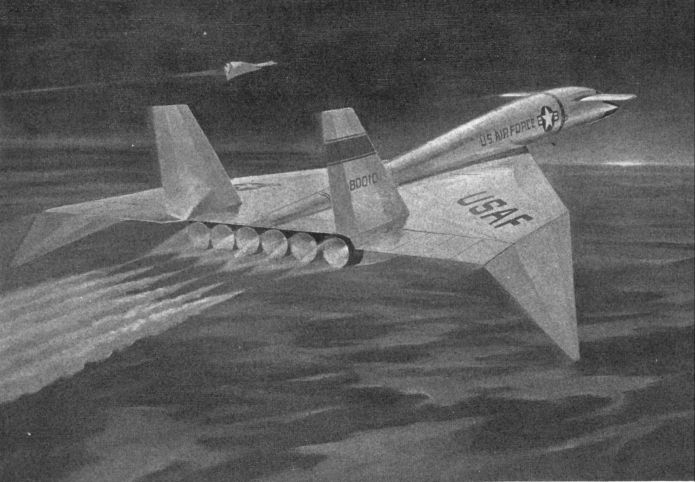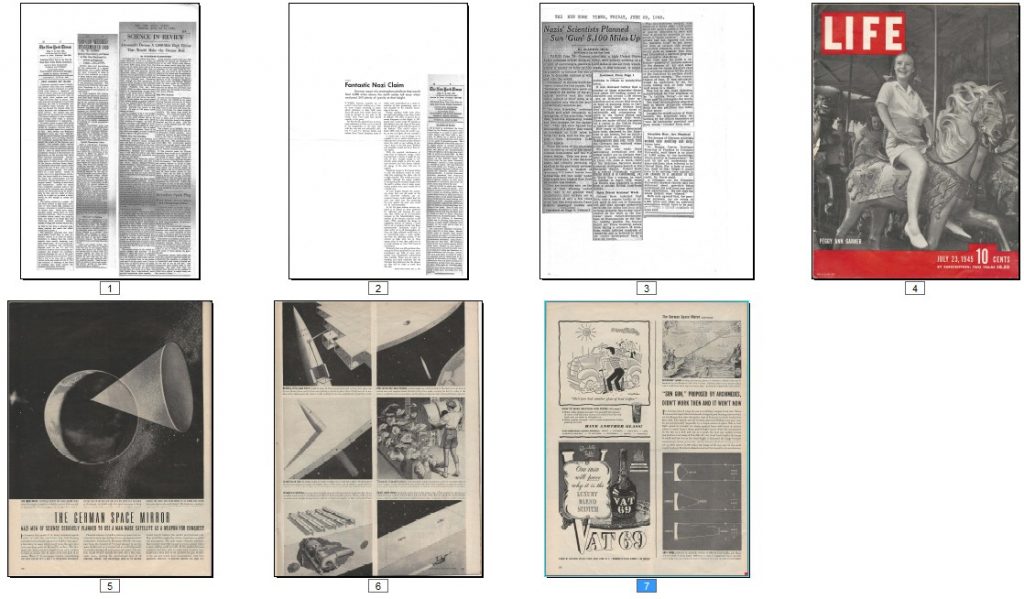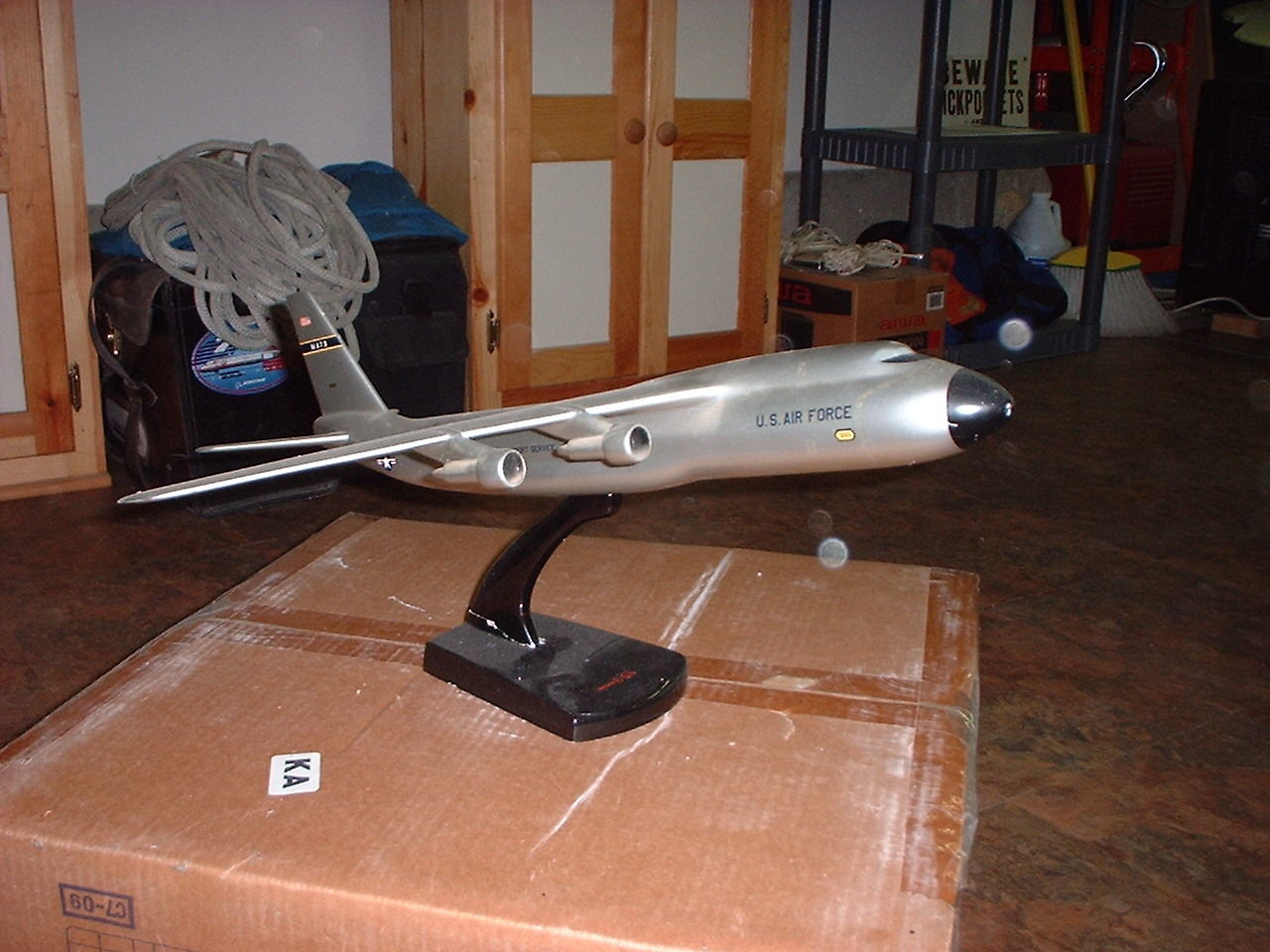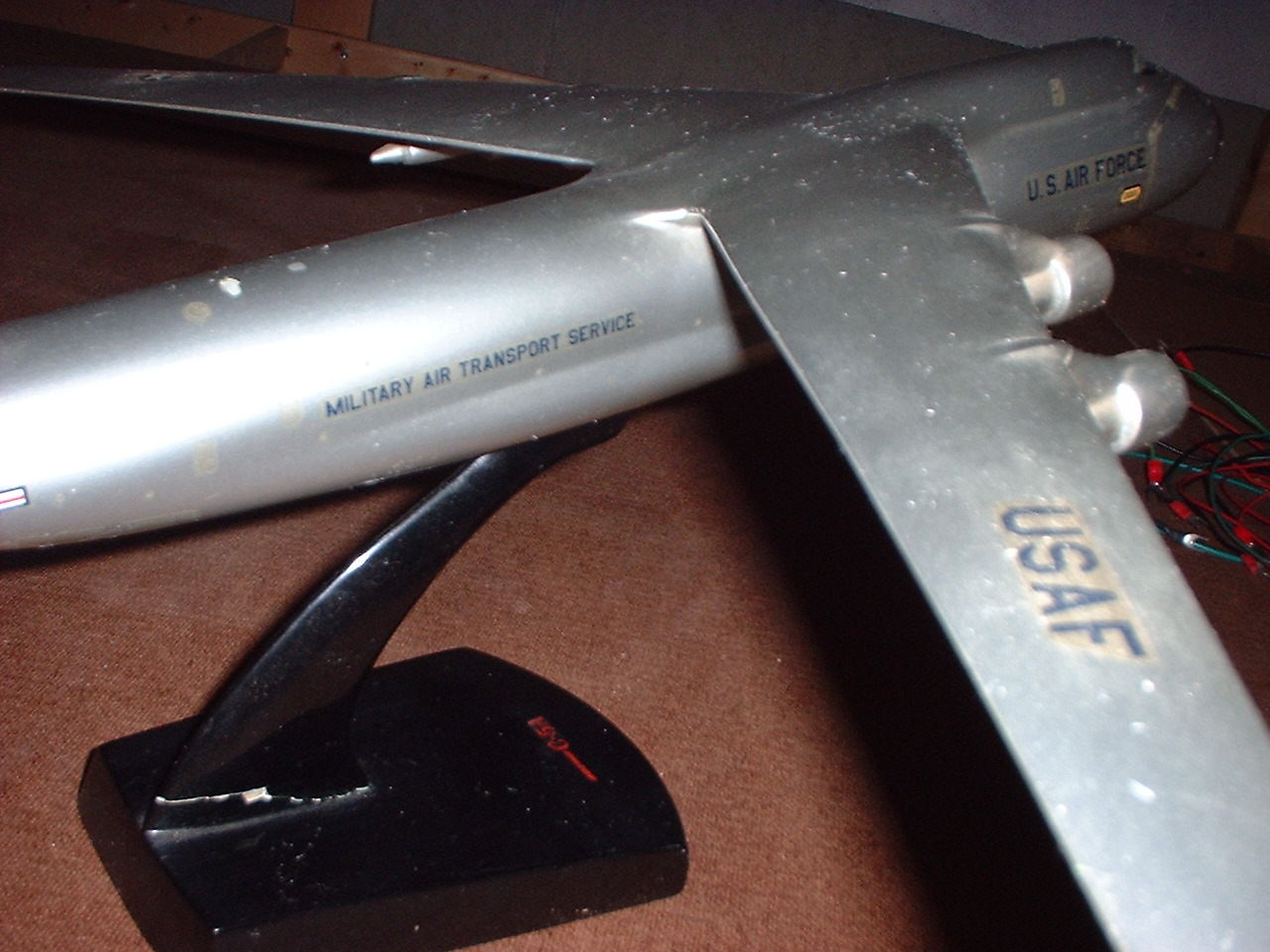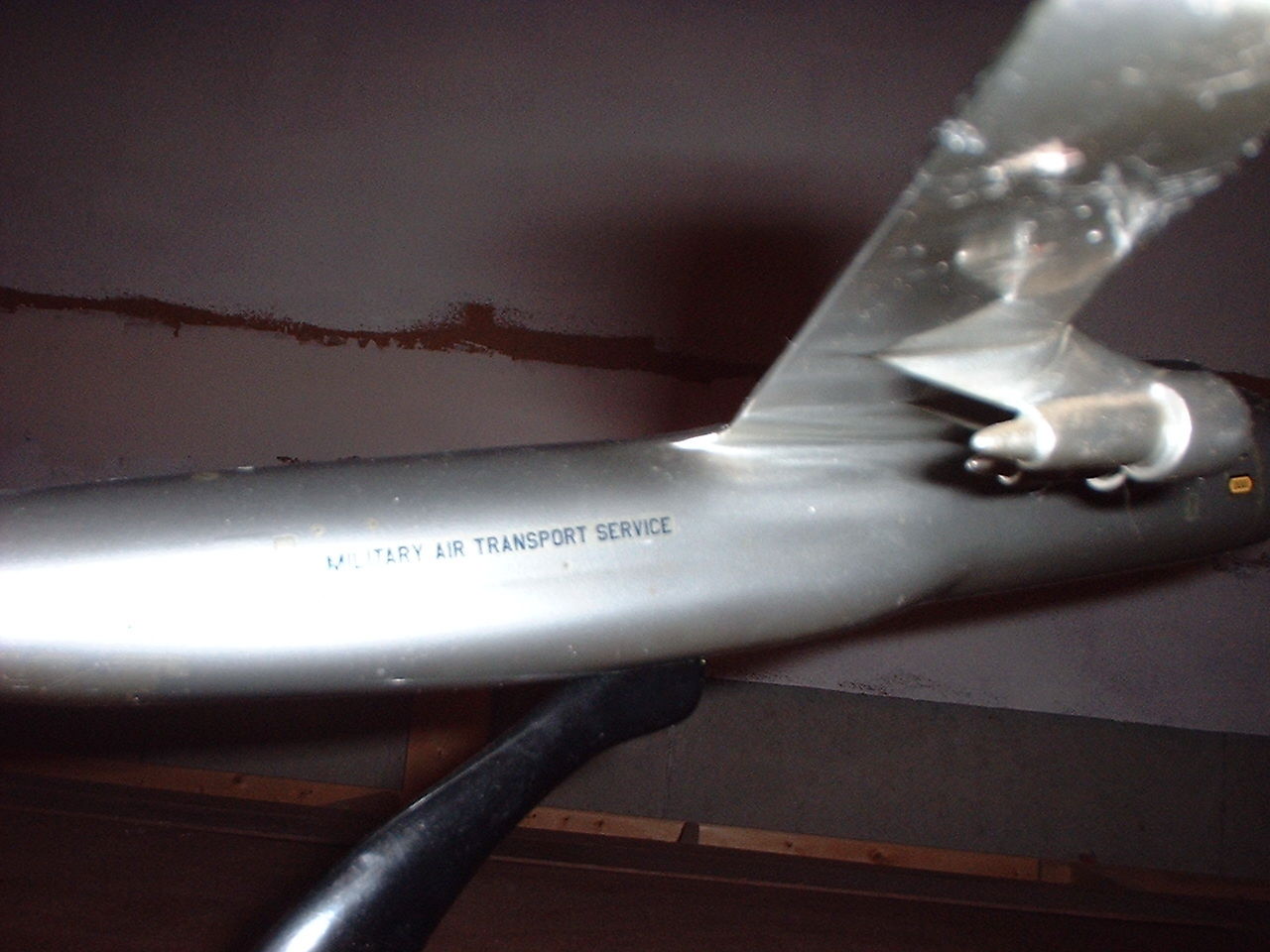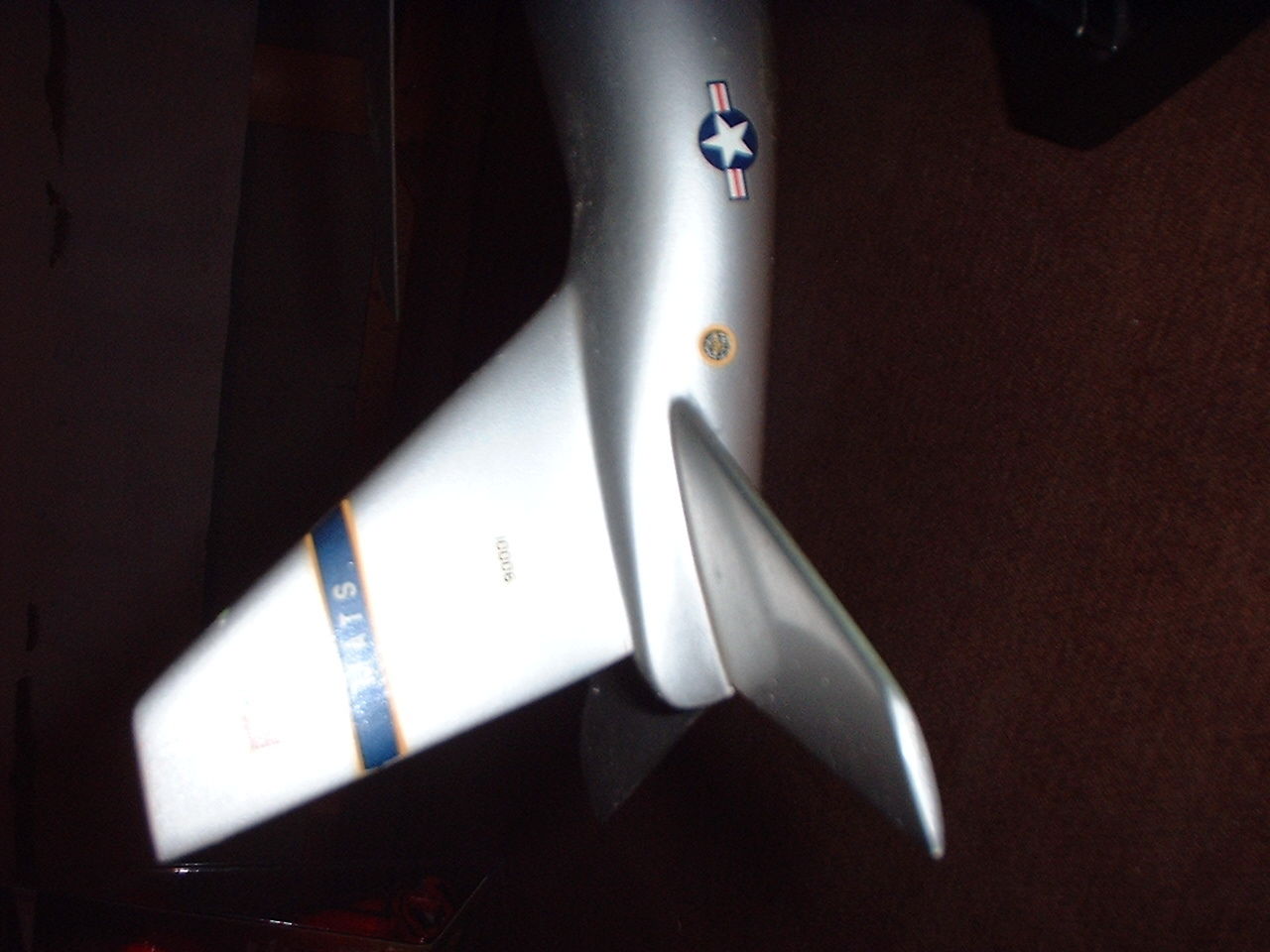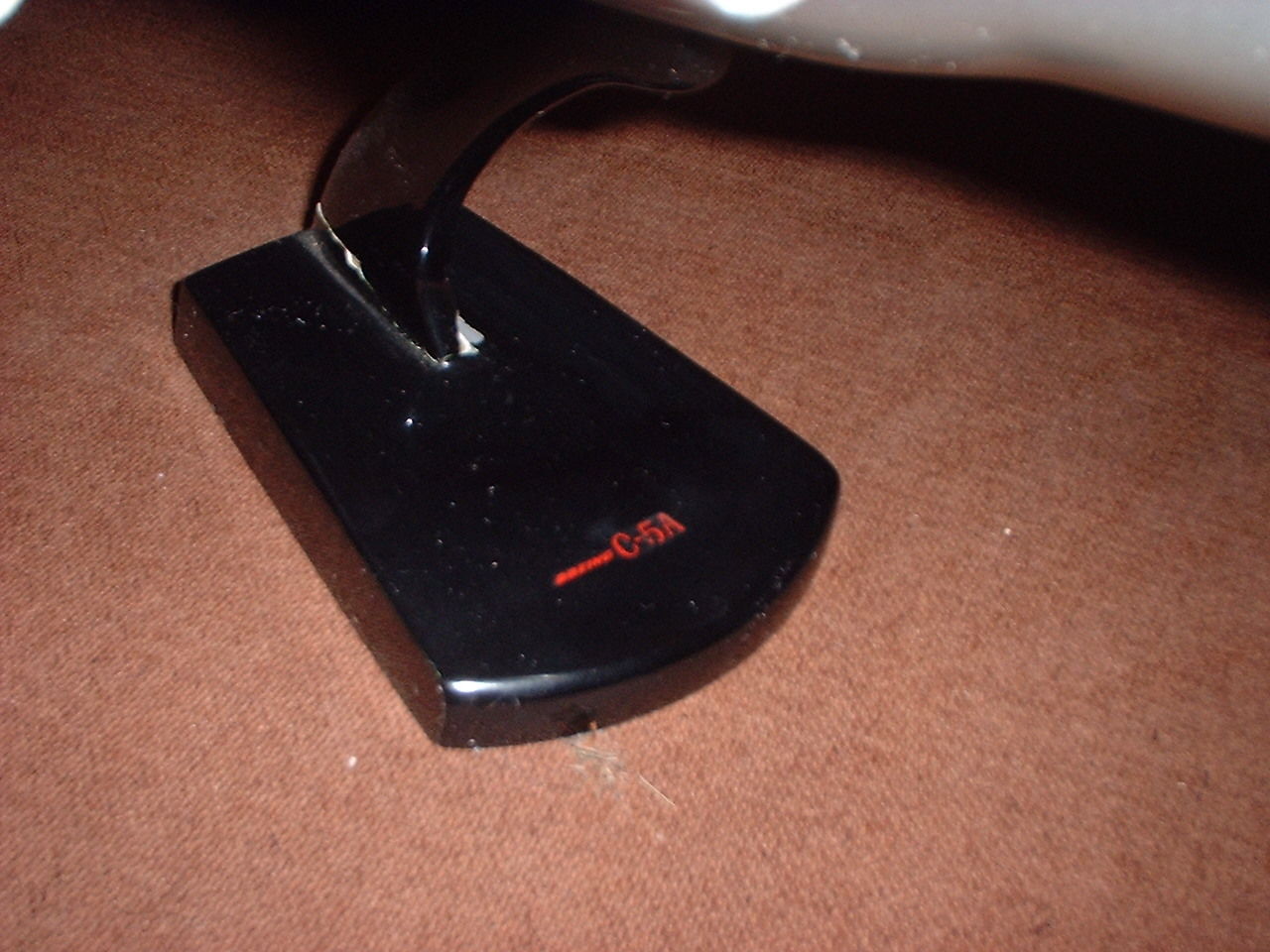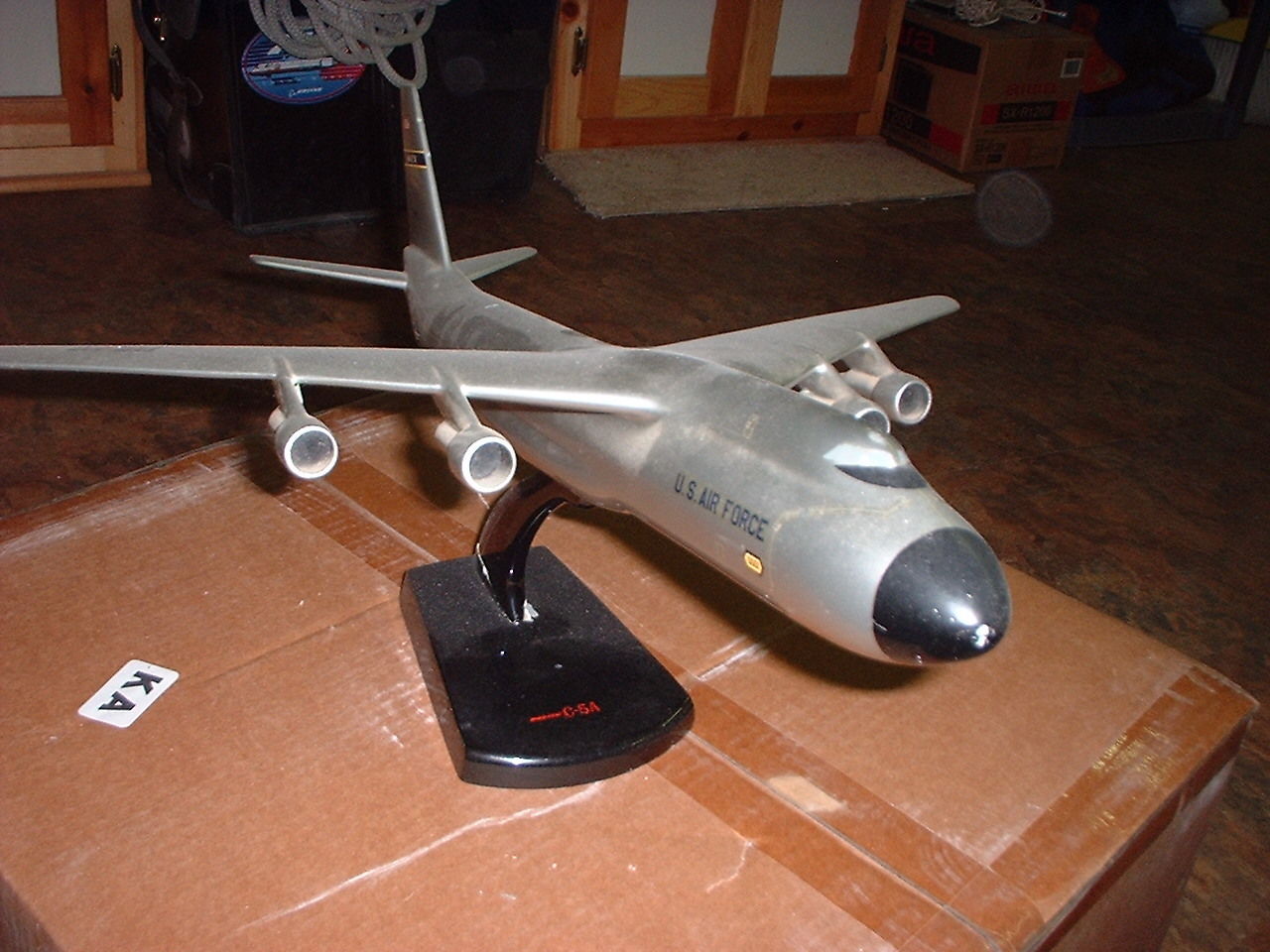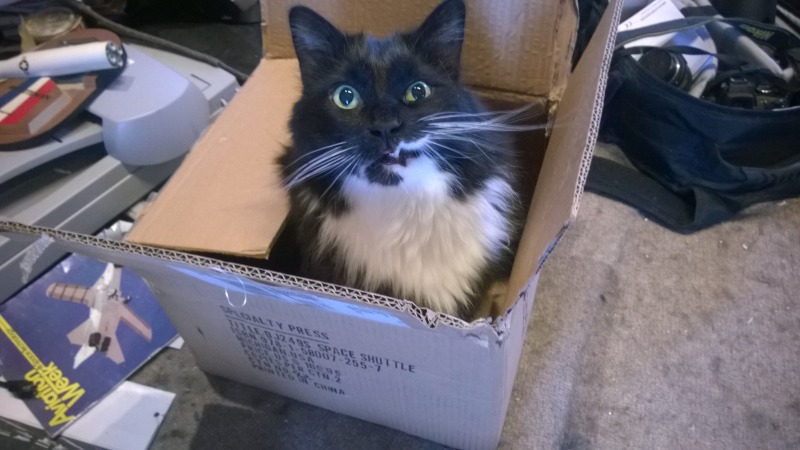If there was ever a demonstration of the combination of “technical genius” with “wartime desperation,” it was the Bachem Natter from late in World War II. This German design was a point defense interceptor, from a time when B-17’s, B-24’s and Lancasters freely roamed the sky, laying waste to the German infrastructure. The Natter was a rocket-powered, vertical takeoff, partially reusable manned surface-to-air missile. It was to be armed with a multitude of unguided explosive-tipped rockets in the nose, probably to be launched as a single salvo. Reportedly, someone had the bright idea that the pilot would then aim his plane at another bomber for a ramming attack, bailing out at the last second. But since bailing out meant separating the nose from just forward of the cockpit aft bulkhead, the likelihood is vanishingly low that either the pilot would survive or that the Natter would continue forward in a predictable path. The more reasonable approach would still be for the pilot to bail out, but for both the pilot and the aircraft to pop chute and land safe enough to be recovered and reused.
The Natter was launched unmanned a few times and manned once, killing the pilot. It was *kind* of a neat idea, but the execution was not so good. The Germans would have been better advised to have worked on unmanned surface to air missiles than the Natter. But for all the claims of vaunted German efficiency, the Nazi regime was astonishingly inefficient, with many redundant and non-communicative programs.
Just as well, in retrospect.
There are many photos and illustrations of the Natter out there, but I figured these diagrams might be of interest.
